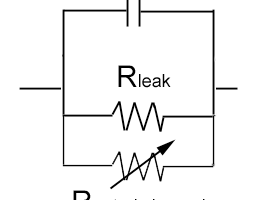
The electrical properties of neurons can described in terms of electrical circuits. This approach helps us understand how a neuron behaves when current flows into it (for example, when ion channels open),... Read more »
The TRN sits like a shield covering the ventral surface the thalamus and projects locally to the other nuclei of the thalamus. Read more »
The thalamus is not just a relay for primary inputs, it also relays information between cortical areas. Read more »
Sensory information enters the cerebrum through the primary relay nuclei of the dorsal thalamus. For example, retinal ganglion cells synapse in the dLGN (dorsal lateral geniculate nucleus). Read more »
The olfactory bulb sits on top of the cribiform plate and receives input from the olfactory receptor neurons in the nose. It is the first stage of olfactory processing, and the outputs... Read more »
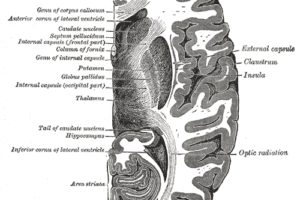
Basal ganglia have been traditionally considered part of the motor system, modulating movement and, when pathological, producing disorders like Parkinson’s disease. In the last two decades the role of several nuclei in... Read more »
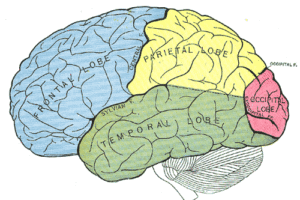
The cerebral cortex, derived from the dorsal telencephalon or pallium, consists of two hemispheres (the right and the left cerebral hemispheres), each of which is divided into five lobes. Read more »

The spinal cord, along with the brain, make up the Central Nervous System (CNS). It is a thin collection of nerves that is enclosed by the vertebral column, CSF, and meninges and... Read more »
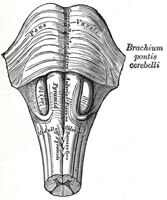
The pons, a part of the brainstem that includes the midbrain and medulla, is a bulbous structure that is 2 cm long. The pons and cerebellum together form the metencephalon. [1] Read more »
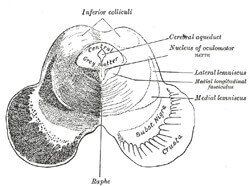
The midbrain, or mesencephalon, is positioned between the forebrain (diencephalon) and hindbrain (metencephalon)[1]. It forms the stalk-like part of the brain that connects the brain to the spinal cord. The midbrain has... Read more »
